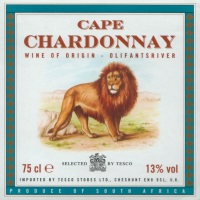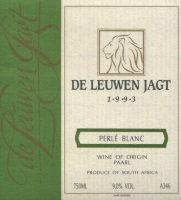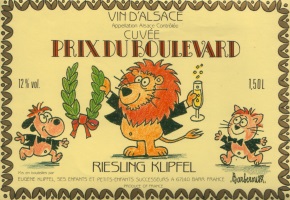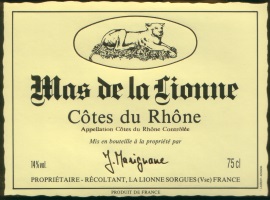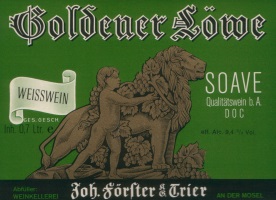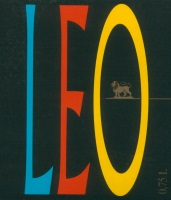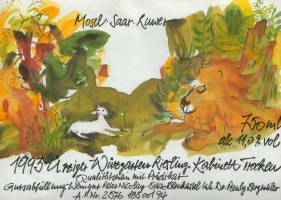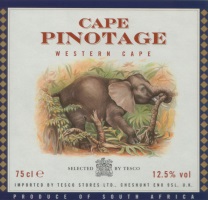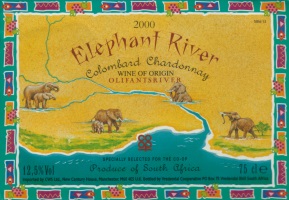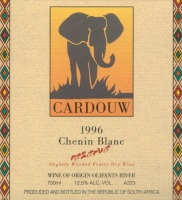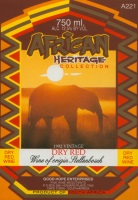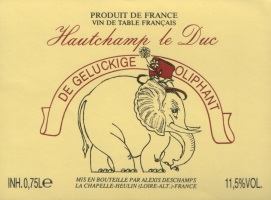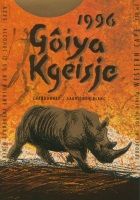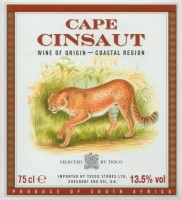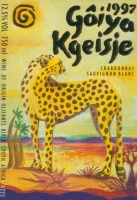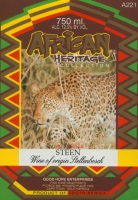Big Five
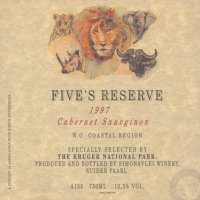 Nato
nel 1898 dal sogno del lungimirante presidente Kruger, il Kruger National
Park è sicuramente il più famoso e antico Parco Nazionale
del mondo. Fiore all'occhiello del Sudafrica, questo splendido parco
si estende su una superficie di 350 Km da Nord a Sud e 65 km da Est
a Ovest dalla frontiera del Mozambico fino a sfiorare lo Zimbabwe, attraversando
le province del Mpumalanga e del Limpopo.
Nato
nel 1898 dal sogno del lungimirante presidente Kruger, il Kruger National
Park è sicuramente il più famoso e antico Parco Nazionale
del mondo. Fiore all'occhiello del Sudafrica, questo splendido parco
si estende su una superficie di 350 Km da Nord a Sud e 65 km da Est
a Ovest dalla frontiera del Mozambico fino a sfiorare lo Zimbabwe, attraversando
le province del Mpumalanga e del Limpopo.
Visitare il Kruger è un esperienza davvero unica per coloro che desiderano incontrare alcuni tra i più grandi mammiferi del pianeta: qui infatti, al riparo nel bush, vivono tranquillamente più di 147 specie diverse di mammiferi tra cui i Big Five: elefanti, leoni, leopardi, rinoceronti e bufali.
In una natura selvaggia e incontaminata regolata da un ecosistema unico, grazie al clima subtropicale che favorisce anche la flora (con più di 300 diverse specie di alberi e piante catalogate), sono ospitati e protetti circa 8000 elefanti, 2.500 rinoceronti bianchi, 300 rinoceronti neri, 20.000 bufali, 2.000 leoni, 900 leopardi, 4.600 giraffe, 140.000 impala, 900 antilopi e 30.000 zebre accanto a 500 diverse specie di uccelli, 114 specie di rettili e anfibi.
Molti siti archeologi sono disseminati nella zona tra cui Masorini e Thulamela, ed è possibile vedere alcune tra le più antiche pitture rupestri della terra. Il parco si può visitare a bordo della propria auto, ma si richiede ai turisti di non lasciare le strade principali e le piste autorizzate. Le piste attraversano in lungo e in largo il parco, e quindi l'incontro con gli animali è molto più facile di quanto ci si possa immaginare malgrado la vastità del territorio: proprio per questo è proibito scendere dalla macchina e addentrarsi nel bush.
La gestione del parco organizza anche
dei safari con jeep scoperte guidate dai rangers o safari a bordo di
pulmini sempre con un ranger. Chi desiderasse trascorrere la notte all'interno
del Kruger potrà approfittare (previa prenotazione) di uno dei
21 campi attrezzati principali, tutti circondati da bar, ristoranti,
negozi e stazioni di servizio. Lo standard qualitativo delle infrastrutture
è spartano ma comunque di ottima qualità. Nella località
di Skukuza, considerata la "capitale del parco" c'è
una banca, un ufficio postale e un dottore
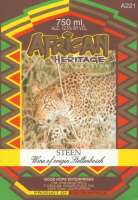 Leopard
(Panthera pardus)
Leopard
(Panthera pardus)
Afrikaans: Luiperd
Weight: Between 60 and 80 kilograms
Height: 70 centimetres at the shoulder
Large carnivore of the cat family, Panthera pardus, widely distributed in Africa and Asia. It is commonly yellow, buff, or gray, patterned with black spots and rings. The rings, unlike those of the New World jaguar, never have spots inside them. Black leopards are commonly called panthers, a name sometimes used for all leopards. They are not a distinct species but merely a colour variant caused by melanism, or excessive pigmentation. Close inspection reveals the typical spotting, which is obscured by the darkness of the background. Leopards are somewhat smaller than lions and tigers; the largest males are about 7 ft (2.3 m) long, including the 3-ft (90-cm) tail. Leopards are solitary, largely nocturnal, and good climbers; they hunt both on the ground and in trees. They prey mostly on small animals such as monkeys, rodents, and birds.
Powerful and agile, the leopard is a deadly and efficient hunter. It stalks its prey, creeps to within a few metres, then leaps or dashes at the victim, which is dispatched by a bite in the neck or smothered by a throat bite. In eastern Africa, the carcass is frequently brought up into a tree to protect it from scavengers. Their most common prey are hoofed animals, but they will eat dogs and monkeys as well. The well-known “black panther,” once thought to be a different species, is actually just a dark leopard.
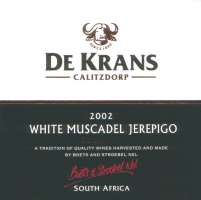 Buffalo
(Syncerus Caffer)
Buffalo
(Syncerus Caffer)
Afrikaans: Buffel
Weight: 800 kilograms.
Height: 1,6 metres at the shoulder
Species of short-haired African ungulate or hoofed mammal, Syncerus caffer. The cape, or African, buffalo may reach 7 ft (2.1 m) in length, weigh 800 kg, and reach a height of 5 ft (1.5 m) at the shoulder. Coat colour and horn shape seem to vary with the animal's habitat, which ranges from high grass savanna to equatorial forest and extends from Lake Chad south to the Cape of Good Hope and from Senegal, on the Atlantic coast, to the Horn of Africa, on the Indian Ocean. Cape buffalo gather in herds of up to a thousand animals; they graze and drink in the early morning and evening and rest during the heat of midday and at night. They are aggressive and powerfully built, and can easily fend off the attack of a lion. They mate in January or February; after a gestation period of 11 months the cow gives birth to a single calf. Its life span is about 16 years.
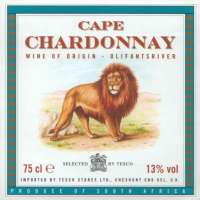 Lion
(Panthera leo)
Lion
(Panthera leo)
Afrikaans: Leeu
Weight: Males 200 kilograms, females as much as 140 kilograms.
Height: 90 to 100 centimetres at the shoulder
Although the lion is a very powerful animal, it reserves
most of its strength for hunting. Lion hunt in groups by stalking then
chasing down their prey at speeds up to 40 miles per hour. They leap
on the prey's back, dragging it to the ground. Once down, they latch
on to the throat until the animal finally gives up. Zebra, wildebeest,
and gazelles are all targeted by lions.
When not hunting, the lion spends its day resting. While on safari,
lion are most often spotted lounging in the grass or high rocks surveying
their territory. The lion lives in prides, numbering up to thirty with
the majority being females and young. A pride can have a range of over
500 square miles.
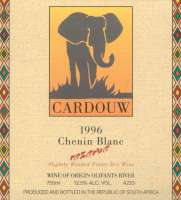 Elephant
(Loxodonta africana)
Elephant
(Loxodonta africana)
Afrikaans: Olifant
Weight: 6000 - 7000 kilograms, calves have a birth weight of approximately
120 kilograms.
Height: 3 metres at the shoulder.
The bull is easily distinguishable from the cow by the shape of the
head. The bull has a more rounded forehead whereas the cow's forehead
is straighter and more angular.
Elephants are known for their keen sense of smell and
hearing, compensating for their poor eyesight. Even though they are
the largest and most powerful land mammal, they are gentle and peaceful.
Females live in family units. Young males are driven from the family
when they reach puberty to live in bachelor herds. Adult males live
alone joining family units only to mate. The lifespan of an elephant
lasts between 50 and 70 years.
Elephants are vegetarians, feeding on grass, foliage, fruit, branches
and twigs. Its massive body requires 200 to 600 pounds of food per day
and around 50 gallons of water. Herds can cover distances of over 50
miles a day, but never move far from water. Both male and female African
elephants have tusks. These tusks can weigh 50 to 100 pounds or more
and continue to grow throughout the elephant’s lifetime. The tusks
are used as tools for carrying and clearing. The teeth are used to grind
their food. When the elephant loses all its teeth, it can no longer
feed and starves to death. The trunk has a multitude of functions. It
is used for drinking and eating, washing, carrying, scent, and communicating
with other elephants.
During pregnancy, the mother carries her baby almost two years before
delivery. At that time, the birth takes place in privacy attended by
two other females. The young are aggressively defended.
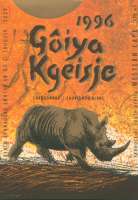 Black
Rhinoceros (Diceros bicornis) Also known as the Hook-lipped
Rhinoceros
Black
Rhinoceros (Diceros bicornis) Also known as the Hook-lipped
Rhinoceros
Afrikaans: Swartrenoster
Weight: 900 - 1000 kilograms.
Height: 1,6 metres at the shoulder
White Rhinoceros (Ceratotherium simum) Also
known as the Square-lipped Rhinoceros
Afrikaans: Witrenoster
Weight: As much as 2000 kilograms.
Height: 1,85 metres at the shoulder
There are two species, the white rhinoceros and the
black rhinoceros. The white rhinoceros' name comes from the African
word "weit", meaning wide mouthed. They are sedentary animals
and graze for food. The white rhinoceros is larger than the black. After
the elephant, it is the largest of land animals. It is a social animal,
living in families of two to five.
The black rhinoceros is the smaller species. The black rhino is more
of a browser for food, found in areas from savannah to mountain forests.
The front horns measure up to three feet and the rear horn can be up
to two feet. The value of these horns on the black market has led to
the rhinoceros' near extinction from poaching.
© All rights reserved. The Wine Labels World.
